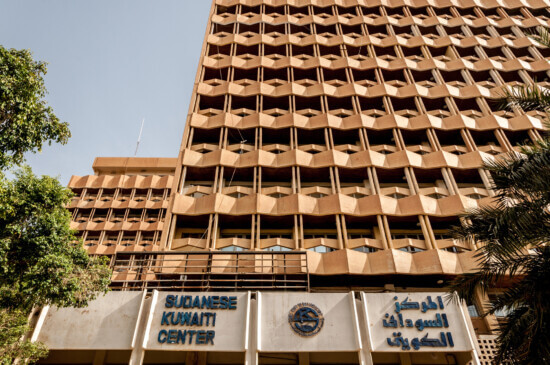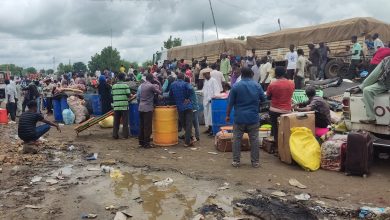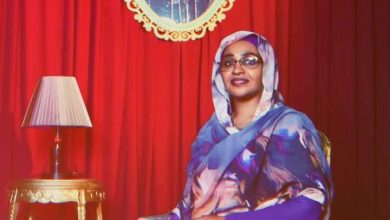Modern Sudan Collective, Discusses Architecture In Khartoum

Sudan Events
Mdern Sudan Collective is documenting the civil war’s toll on the country’s modern heritage. (Courtesy Modern Sudan Collective)
Mohieldin Gamal is a Sudanese architect, studio tutor, and researcher currently based in Cairo. In 2019 he cofounded a group called Modern Sudan Collective and Docomomo’s Sudan chapter; both are dedicated to preserving modern architecture in Khartoum and throughout the country.
Gamal, an instructor at the University of Khartoum, was forced to flee Sudan’s capital last May after fighting between warring factions broke out.
Gamal stated that Sudan’s history is quite complicated. To keep it short, the past three decades have been a tough, tough time.
Sudan had a quite repressive regime that stifled the arts, even history.
The regime rewrote the school books and infiltrated everything from unions to universities. It was a quite hard grip. Many people left Sudan in the early 1990s to escape torture and imprisonment.
“I studied in the U.K. and worked in London for about ten years.
I decided to move back to Sudan for a few reasons, being closer to family among them. Also, after the revolution, things were upbeat and optimistic”.
“Not economically, but culturally.
The country was basically closed for thirty years during the dictatorship. So after 2019, it felt like a normal country for a change he said .
Mohieldin revealed that Collective start in Sudan in 2019 when the dictatorship’s repression was released, and people started revisiting Sudan’s history, particularly its ancient Nubian history.
According to Architecture’ News paper ,Gamal added one of the reasons they started Modern Sudan Collective and a Docomomo chapter in Sudan was that we felt as people were rediscovering our old history, we wanted to learn more about our recent history, which is closely tied to independence. We found that there were many untold stories that needed writing.
At Modern Sudan Collective, we studied about 10 to 15 buildings from Sudan’s modern period.
Every building after independence has a story to tell, whether in regard to national identity or international relations, or even local histories.
This is what we were interested in as a collective. Instead of exploring Sudanese identity and locality by looking at its older buildings, we were interested in the heroes of modernism. We were studying how people expressed their times through that style , he said .
Concerning revisiting modernism ,Gamal said that the arts associated with the 2019 revolution were primarily in the fields of visual art, poetry, and music.
Artists looked to the mid- and late-20th century for guidance, rediscovering pieces from two previous successful uprisings.
Architecture is a slower, more esoteric art form, but it can respond to such events. Within the context of a renewed interest in history, national identity, and civic participation, we wanted to tell the story of the Sudanese state as written in its cities.
Admittedly, we have been a bit slow on uploading the data we have. The buildings we are aware of include, in no particular order, the Sudan National Museum. There’s also damage to the enclosures of the Temple of Buhen and Temple of Akasha.
There’s been extensive fire damage to the Arab Authority for Agricultural Development and Investment, the Sudanese Kuwaiti Centre, and Khartoum Towers. There’s been damage to the Ministry of Finance building; Republican Palace; All Saints Cathedral, which is now the Republican Palace Museum.
Note that these are just the buildings that fall under our “remit”; there is plenty of damage to other buildings which are older or newer than our area of study , Gamal concluded .



